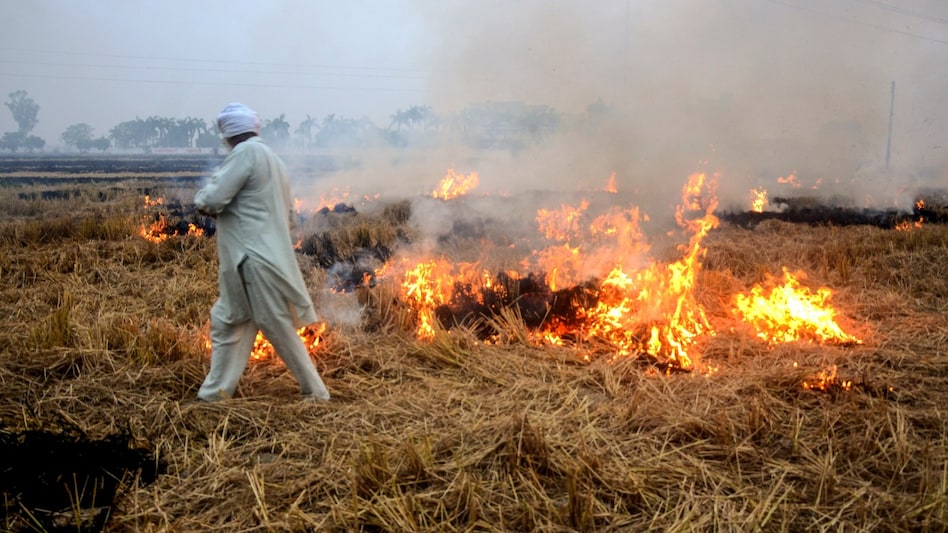 CREA report states that thermal power plants emit more pollutants than stubble burning
CREA report states that thermal power plants emit more pollutants than stubble burning
 CREA report states that thermal power plants emit more pollutants than stubble burning
CREA report states that thermal power plants emit more pollutants than stubble burningThermal power plants in the Delhi-NCR region emit more than 16 times the sulphur dioxide (SO₂) released from the burning of paddy straw that is making the headlines as the national capital region is engulfed in a thick blanket of smog, finds a report by the Centre for Research on Energy and Clean Air (CREA).
High pollution levels in Delhi have been attributed to stubble burning in Haryana and Punjab and authorities have implemented anti-pollution measures considering the situation. Primary schools have been closed in the national capital.
SO₂ is primarily emitted from burning fossil fuels, particularly coal in coal-fired power plants (CFPPs). “A comparison between NCR thermal power plant emissions and paddy straw burning emissions in Punjab and Haryana highlights the scale of SO2 pollution. Thermal power plants in NCR emit 281 kilotonnes of SO2 annually—16 times more than the 17.8 kilotonnes emitted by burning 8.9 million tonnes of paddy straw,” notes the study.
The report reveals the urgent need for accelerated flue gas desulfurization (FGD) installations in CFPPs to combat the nation’s soaring—the most dangerous pollutant emitted by coal plants.
As a significant air pollutant, SO₂ directly and indirectly affects human health, the environment, and climate. SO₂ is a precursor to the formation of fine particulate matter (PM2.5), which has been linked to severe health issues, including respiratory and cardiovascular diseases.
Long-term exposure is associated with an increased risk of heart attack, stroke, and death. Moreover, SO₂ contributes to the formation of acid rain, which can damage ecosystems, and harm aquatic life.
While paddy straw burning causes seasonal spikes, thermal power plants represent a larger, persistent pollution source year-round, underscoring the need for stricter controls on thermal power plant emissions.
Thermal power plants often receive leniency and repeated compliance extensions, especially for installing FGDs, whereas stubble burning is heavily penalised, with strict enforcement on farmers during the burning season.
If implemented fully, CFPP flue gas desulfurization (FGD) systems could reduce India’s annual SO₂ emissions by an estimated 64%—from 4,327 kilotonnes to approximately 1,547 kilotonnes—significantly benefiting air quality and public health.